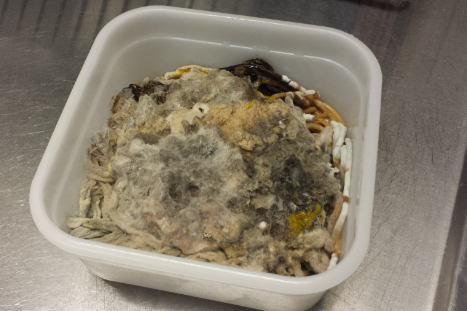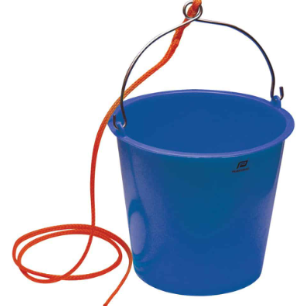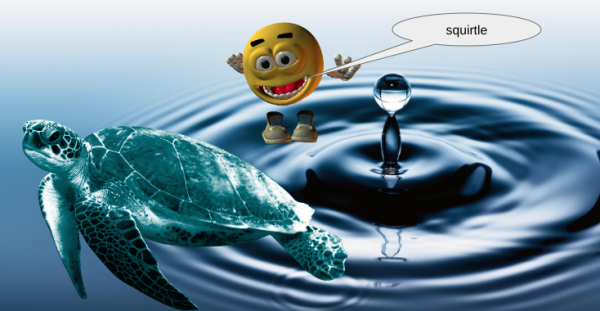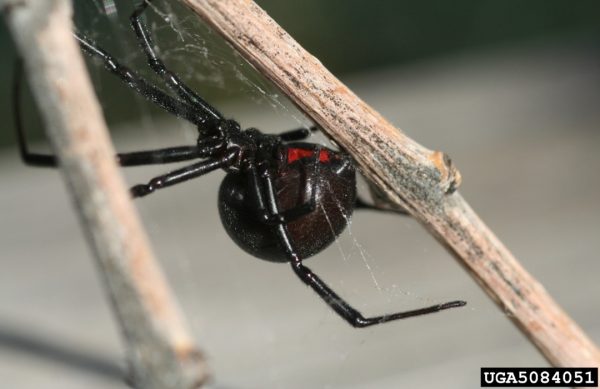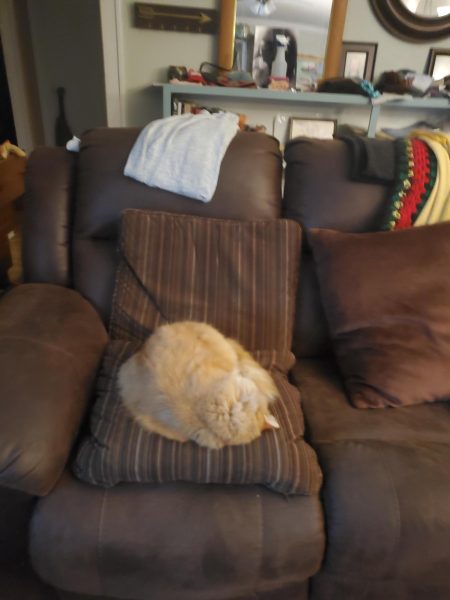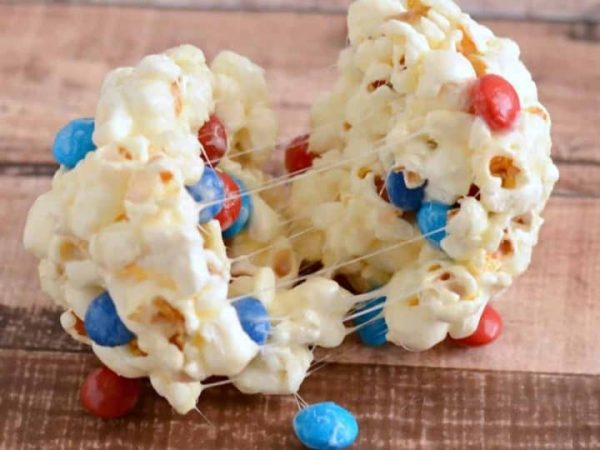Top 5 Birds of Kansas
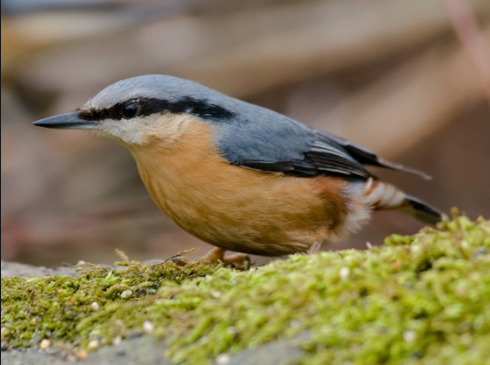
A nuthatch. A bird that is seen in Kansas.
February 19, 2019
January and February have brought very unexpected temperatures even when the weather was warm in December. Now even froth from the river has chilled into frozen ice bubbles as children reside into their houses for a midweek school cancellation. As the sun rises grumpy, envy-stricken parents pour their coffee into an over sized mug and draunch it with whipped-cream and other artificial flavoring while having memories of past snow days. While the parents are getting caught up in their nostalgia a kind elderly woman sets out some birdseed, hoping that she would even see a bird on this bone chattering cold day. When parents leave and kids wake up to gorge themselves on cereal and watch cartoons in the comfort of their own home house finches gather close in the leafless trees, shivering, desperate for warmth. The elderly woman sees this and breathes a sigh of relief that there is still something in this unlikely tundra, Kansas. Times are hard for just about everything living out here. Nobody is looking for something to eat, everybody just wants to stay warm. Geese fly over the elderly woman’s house, wailing as a huge gust of wind forces them to the ground. The gust of winds hurls the bird feeder out of sight of the woman and drives her inside of the house. After the brief, blustering wind the woman then begins to gather her things as well as the neighbors grilling equipment that have been strewn upon the ground. When the kind lady returns the equipment she spots a yellow object, darting from tree to tree, in a seemingly frantic pattern. The lady edges closer and closer to the tree in an attempt to identify this object. When she reaches the base of the tree the object springs out of the brush, surprising the woman and sending her sprawling backwards. The object landed on the woman’s fence and turned out to be a Western Meadowlark. The woman stared in awe as the bird drifted silently back into the brush like it was never there.
This woman was “birding”. If you have an interest in this hobby here are five birds that you have to make a scrapbook for. Not many people have the opportunity to see this beautiful wildlife so I advise settting aside time to see these birds of Kansas.
The purple finch is a small bird with a beak made for eating seeds and raspberry-cherry colored feathers. The female, however, has brown wings with a speckled brown chest. You can usually see this type of finch in wooded areas along with the common house finch. The house finch and the purple finch are not to be confused with each other and can be distinguished by their oddly similar colors (purple finch: maroon ) (house finch: reddish orange). If you have a bird feeder you are likely to see these birds around because of their mainly seed diet.
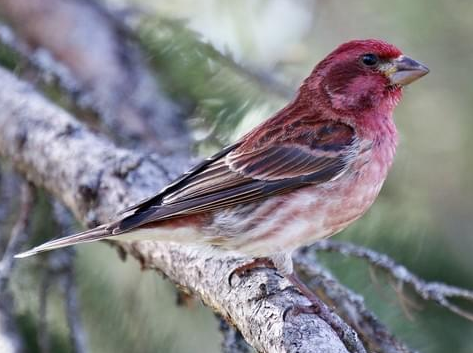
Blue jays have a plump white belly and chest with blue feathers on its back and on the crest of its head. If you ever get close to a jay you can actually see its body language represented on the bird’s crest (crown of feathers on its head). When the jay is aggressive or excited the crest is fully raised, when the bird is feeding among other blue jays or resting the crown is flat on its head. The blue jay is quite skittish and cautious when given a new environment but are aggressive and bold when they know and are sure of their surroundings. The only thing that will keep them away from a feeder are squirrels. Breeding season starts at about mid-March and ends late May. If the jays are living in a sustainable habitat with an adequate amount of necessities these birds will thrive. Some will live even past 10 years and there was even one who lasted 26 years in captivity! Sadly, the population has declined due to the West Nile Virus.
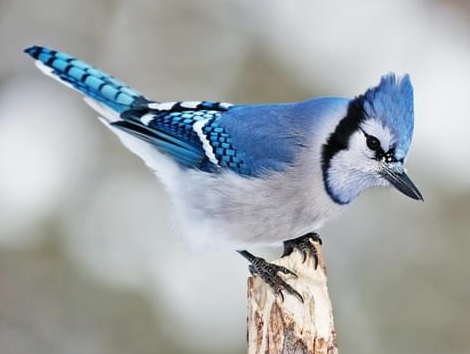
Nuthatches are birds who reside to dense, quiet forests that have cool and damp atmospheres. There are quite a few subspecies that roam around the U.S so it does make it hard to find an exact species of nuthatch. These birds also have the rare capability of climbing trees while erected horizontal with the tree. Nuthatches live in hollowed out trees with nests made out of dry materials (moss, twigs, etc.). These birds have a short average lifespan with the ranges up to 2-3.5 years with a %50 survival rate. Due to this reason these birds have a quick maturity rate with most birds fledging (flying from the nest to become independent) in as little as 3 weeks or less. During rough cold winter months these birds will gather in something called a communal roost in which the nuthatches gather in large hollowed out trees and nest tightly together to keep warm.
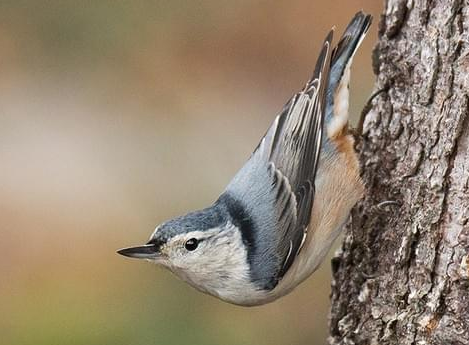
The mourning dove is a slender bird with a gray body with speckles across its wings. The dove was first introduced in Hawaii in 1998 and has quickly spread to the rest of the U.S. Mourning doves have the classic “coo” as a call when attracted a mate or calling to their mate. When the dove is startled and flies away the bird will send off a rapped tweet, which is going so fast that it seems to match the frantic wing beat. Like most birds the meal of choice are seeds but the dove makes the seeds 99% of their diet. In the northern states the bird rests in the evening and flies out in the morning.
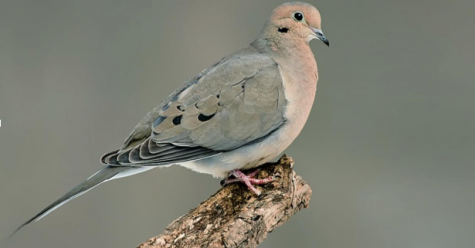
Meadowlarks have a broad yellow chest with speckled black and brown wings but are rarely seen. A meadowlark will go to bird feeders if the feeder is in a remote and safe area. Due to their skittish nature the birds are more easily heard than seen. The call is a rapid yet calm tweet unlike their morning dove cousins who only use the call in situations of danger. Meadowlarks primarily eat and scavenge alone. The only time you’ll see them together are in territory disputes or with their mate.

The birds that have been mentioned in this article are the jewels of Kansas. Each one of them has their own talents, behaviors, and coloring that make them who they are. All of them come together to form a thriving ecosystem that should be cherished and kept as you found it. So I ask you to bird watch at a local national park and admire the beauty before you, and understand why we protect the natural ecosystems of Kansas.


